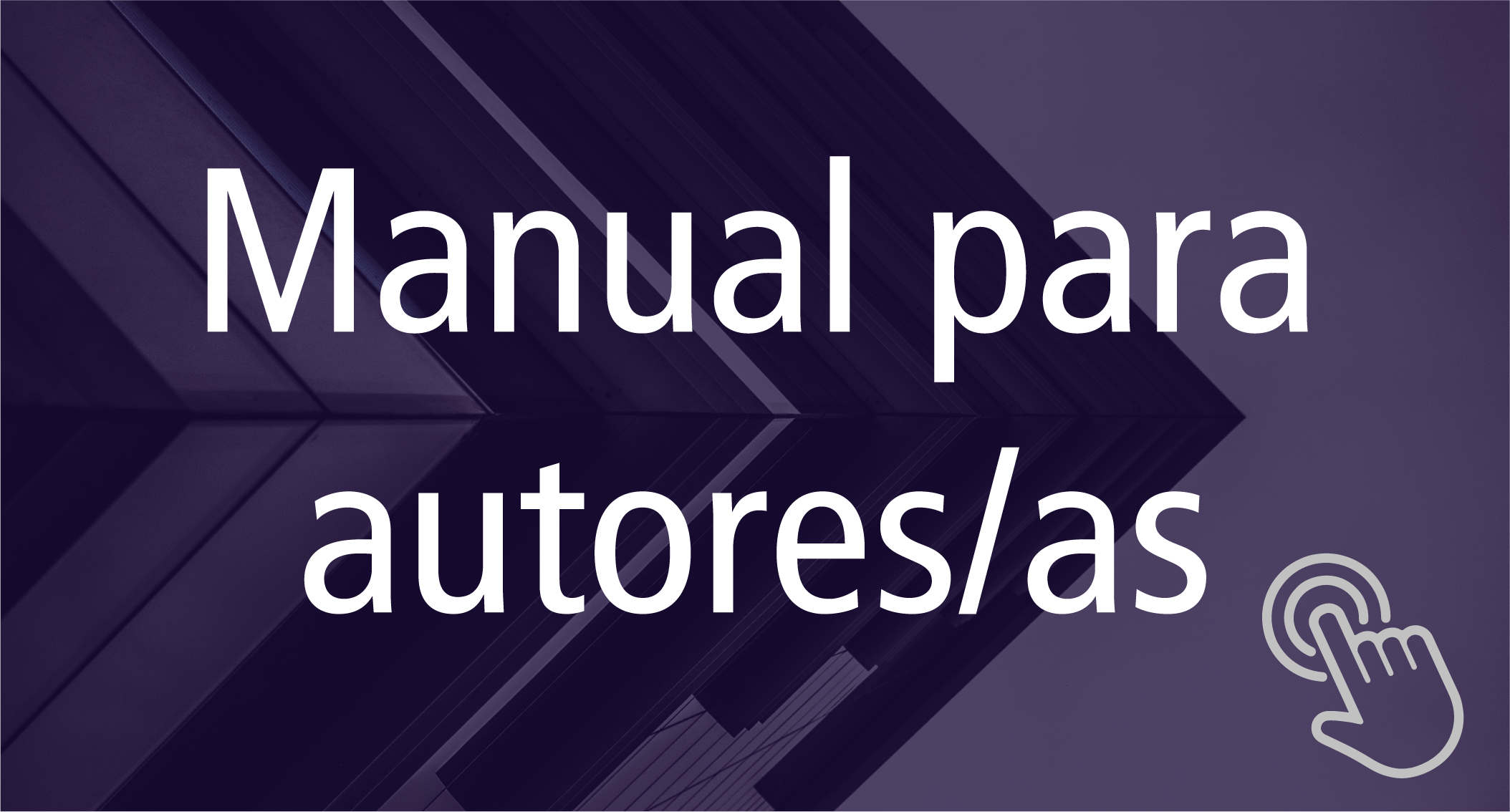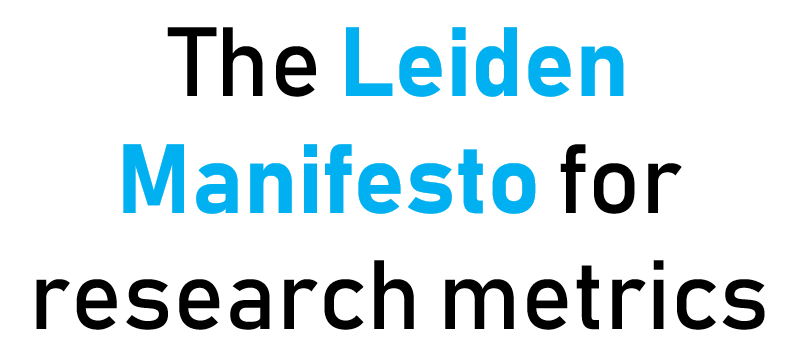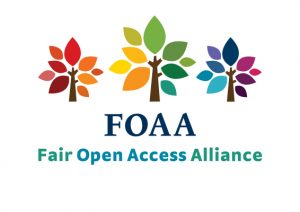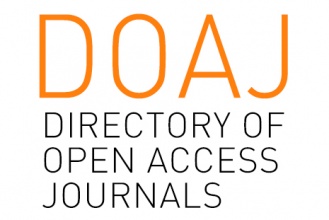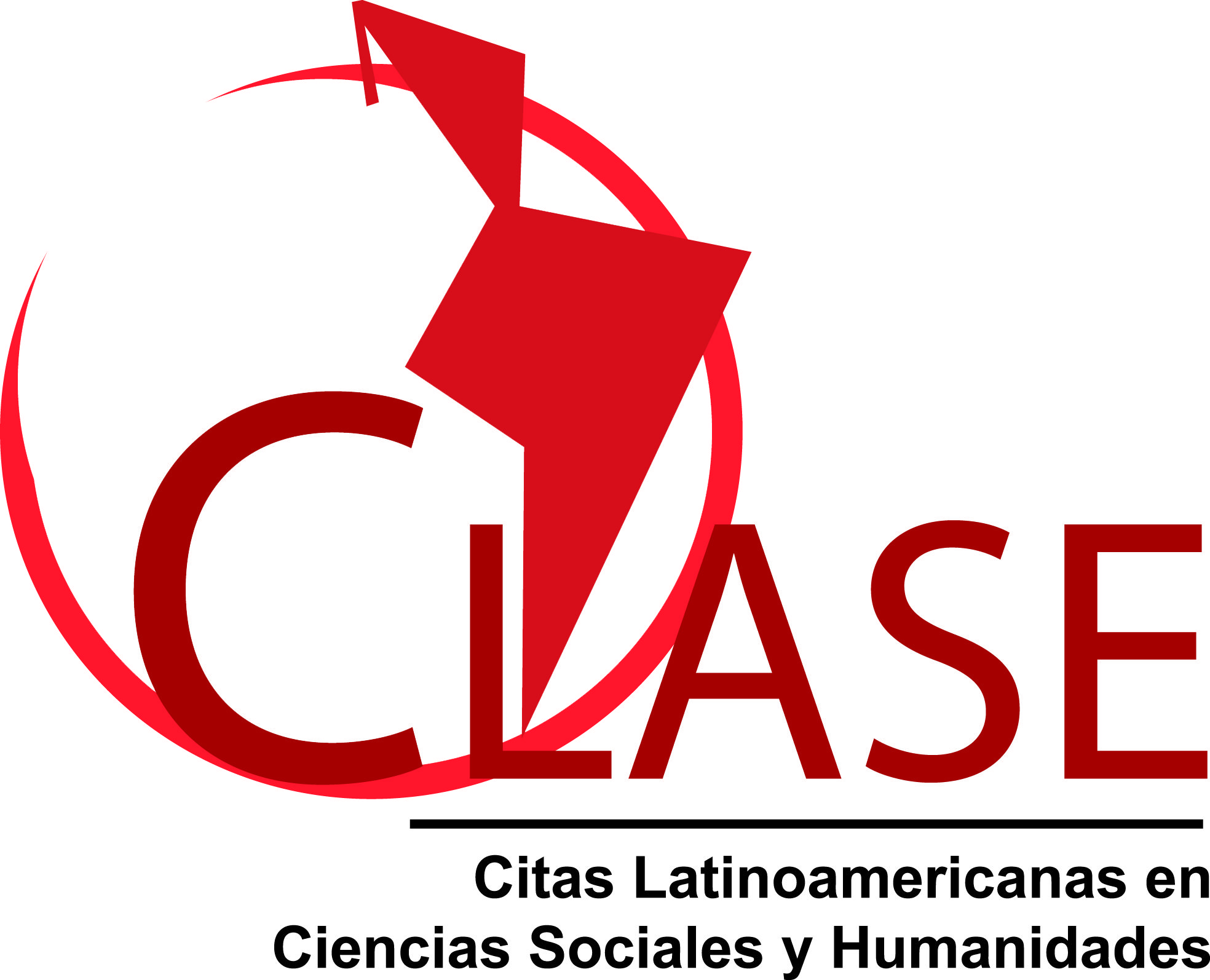El psicólogo en un servicio de psiquiatría infantil
Resumen
La psiquiatría infantil ha introducido un verdadero concepto revolucionario en el campo total de la psiquiatría clínica. Ha significado un proceso de integración con otras profesiones como la del psicólogo y la del asistente social, que representan todo un cambio metodológico y científico-practico en la concepción del enfermo mental. Esto se debe a que la psiquiatría ha tornado verdadero cuerpo social a través de la creación de las llamadas Clínicas de Orientación Infantil (Child Guidance Clinics), y cuya aparición la podemos señalar hacia el 1909 cuando William Healy funda el Chicago Juvenile Psychopathic Institute, que puede considerarse el inicial de esta corriente de ideas, ya que este constituye la verdadera iniciación organizada del equipo psiquiátrico. Es allí donde en realidad el psiquiatra, el trabajador social y el psicólogo, se amalgaman para constituir una unidad auténtica.Descargas
Métricas
Visualizaciones del PDF
154
Descargas
Publicado
2014-10-10
Cómo citar
Knobel, M. (2014). El psicólogo en un servicio de psiquiatría infantil. Revista De Psicología, 2. Recuperado a partir de https://revistas.unlp.edu.ar/revpsi/article/view/994
Número
Sección
Artículos de investigación
Licencia
![]()
Los autores/as que publiquen en esta revista aceptan las siguientes condiciones:
- Los autores/as conservan los derechos de autor y ceden a la revista el derecho de la primera publicación, con el trabajo registrado con la licencia de atribución de Creative Commons, que permite a terceros utilizar lo publicado siempre que mencionen la autoría del trabajo y a la primera publicación en esta revista.
- Los autores/as pueden realizar otros acuerdos contractuales independientes y adicionales para la distribución no exclusiva de la versión del artículo publicado en esta revista (p. ej., incluirlo en un repositorio institucional o publicarlo en un libro) siempre que indiquen claramente que el trabajo se publicó por primera vez en esta revista.
- Se permite y recomienda a los autores/as a publicar su trabajo en Internet (por ejemplo en páginas institucionales o personales) antes y durante el proceso de revisión y publicación, ya que puede conducir a intercambios productivos y a una mayor y más rápida difusión del trabajo publicado (veaThe Effect of Open Access).

